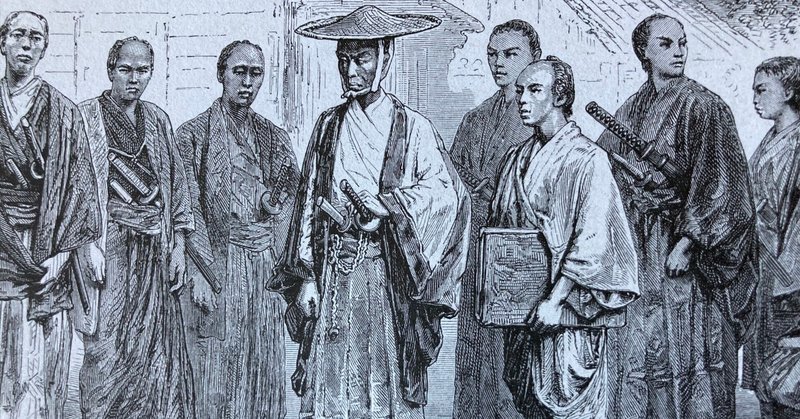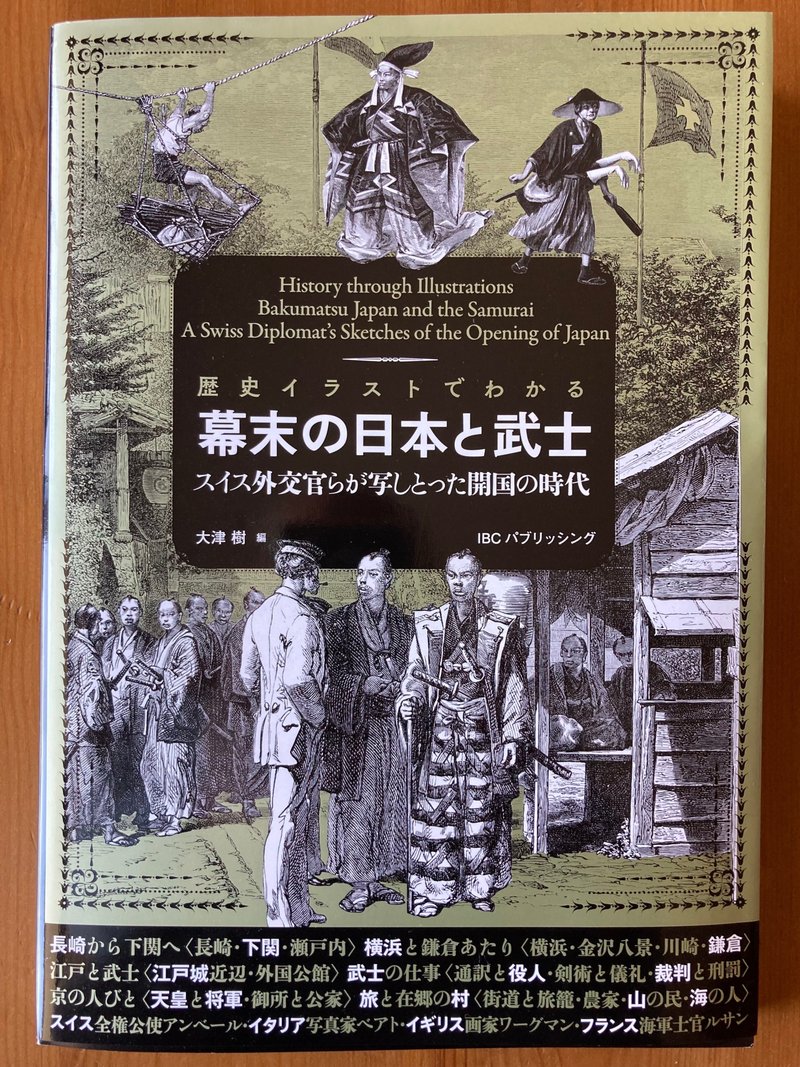
Visualizing Japan and the Samurai
You may have read in the previous Note (“Visualizing Edo during Bakumatsu”) that Aime Humbert portrayed the common people of Edo in his broad collection of copperplate images. A second volume of these intriguing illustrations—with an English translation—takes up Nagasaki, Kamakura, and other cities and focuses on the samurai.
After a five-month voyage on a Dutch warship, Humbert landed at Dejima, in Nagasaki Bay, in 1863. During his brief stay in Nagasaki, he visited the hillside residences and countryside, commenting that the appealing natural scenery of Kyushu could only be compared with the beautiful scenery of Switzerland.
Boarding another ship, he then passed through the Kanmon Strait to Kokura, where he viewed Shimonoseki, the Kameyama Hachiman Shrine, and temples of the city. Traveling through the Seto Inland Sea, he reached Yokohama. He wandered through the foreign residents’ district known as Benten, the current-day Benten-dori area of Chuo Ward, Yokohama City, and the surrounding neighborhoods. With his companions, he also visited Kamakura and of course Edo.
This second volume introduces not only the three major cities of the Kanto area, but also observations of the samurai and their ways of working. Humbert depicts the clothing, housing, occupations, home life, and families of low-level samurai officials in great detail. Walking around the outskirts of these cities, he also gathered images of farm families, mountain people, and people of the sea. In contrast, his plates also visualize the daily routine of the samurai practicing kendo, visiting temples, punishing criminals, and even preparing to commit suicide.
(254 words)
Japanese title:『歴史イラストでわかる幕末の日本と武士 スイス外交官らが写しとった開国の時代』
English title: History through Illustrations: Bakumatsu Japan and the Samurai, A Swiss Diplomat’s Sketches of the Opening of Japan
Published by IBC パブリッシング
[English commentary translation by James M. Vardaman]

この記事が気に入ったらサポートをしてみませんか?
